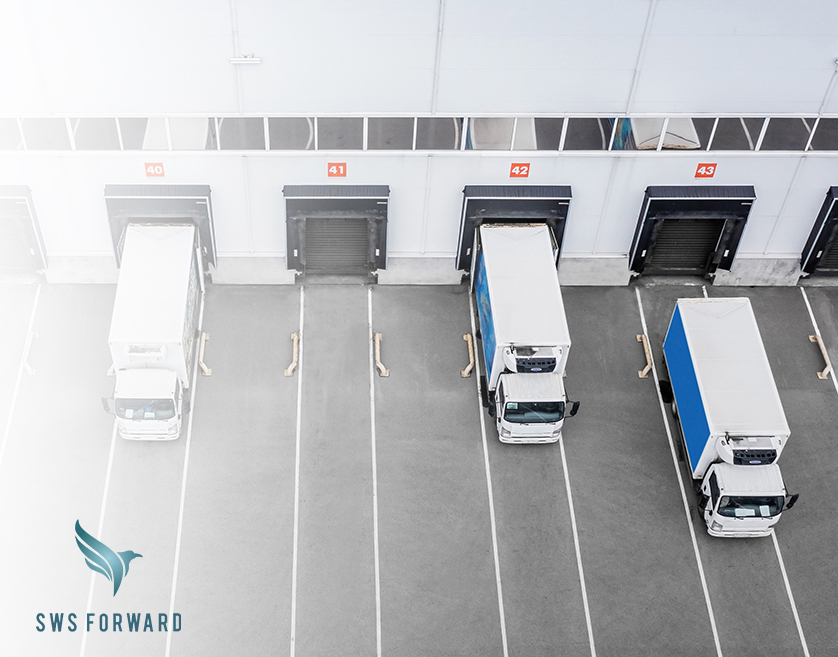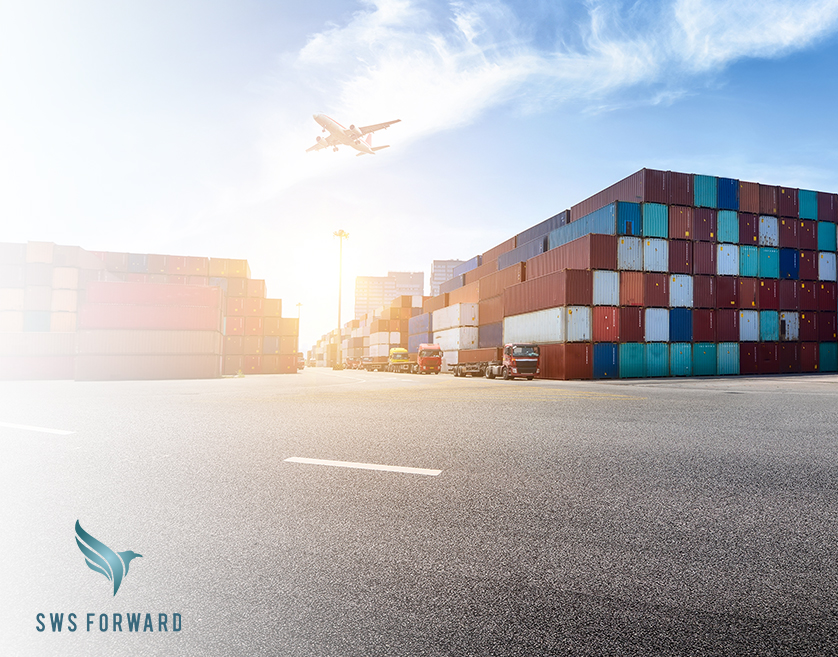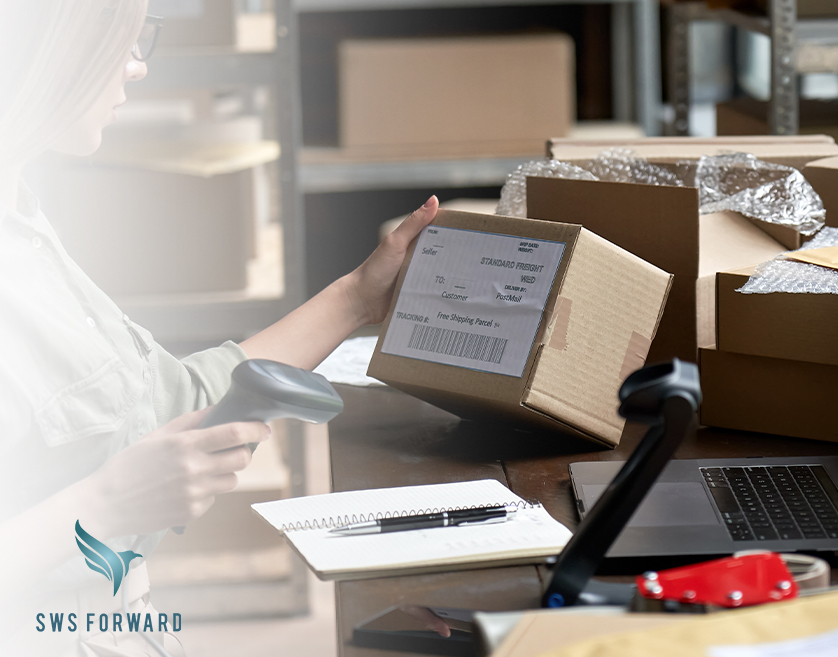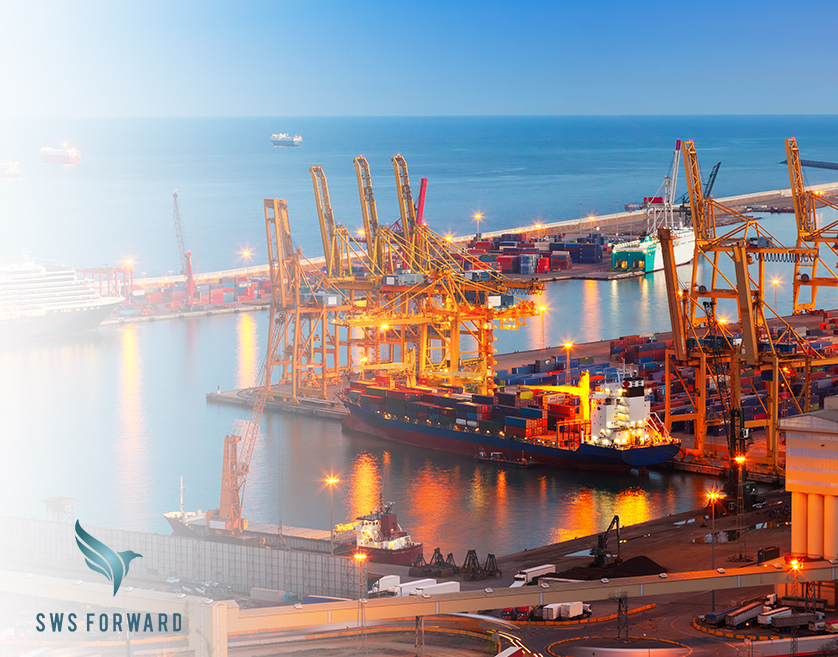Harmonising Transportation And Warehousing For Your Business

Introduction to Transportation and Warehousing
In the intricate web of supply chain management, transportation and warehousing stand as vital pillars. Understanding their dynamics and the importance of harmonizing these two elements is crucial for the success of any business operation.
Understanding Transportation and Warehousing
Transportation involves the movement of goods from one location to another, utilizing various modes such as road, rail, air, or sea. It encompasses the logistics of getting products from the manufacturer or supplier to the end customer. Warehousing, on the other hand, encompasses the storage and management of goods before their distribution to end customers. It involves the handling of inventory, storage, and order fulfillment processes.
Importance of Harmonizing Transportation and Warehousing
Harmonizing transportation and warehousing ensures seamless coordination between the movement and storage of goods, leading to enhanced efficiency, cost reduction, and improved customer satisfaction. When transportation and warehousing functions are integrated effectively, businesses can achieve greater visibility and control over their supply chain, resulting in faster order fulfillment, reduced inventory holding costs, and increased agility to respond to market demands.
Transportation Solutions
Overview of Transportation Methods
Understanding the different transportation methods is crucial for selecting the most suitable option for your business needs. Road transportation offers flexibility and accessibility, making it ideal for short-distance deliveries and last-mile logistics. Rail transportation is cost-effective for long-distance shipments and bulk cargo, offering reliability and reduced carbon footprint. Air transportation ensures rapid delivery of goods, making it suitable for perishable items and time-sensitive shipments. Sea transportation is cost-efficient for international trade, especially for bulky and non-perishable goods.
Advantages and Disadvantages of Each Transportation Mode
Each transportation mode comes with its own set of advantages and disadvantages, which must be carefully evaluated based on specific business requirements. For example, while air transportation offers speed, it can be costly compared to sea or rail transport. Similarly, road transportation may offer flexibility but can be subject to traffic congestion and delays.
Integration of Transportation and Warehousing
Efficient integration of transportation solutions with warehousing facilities is essential for optimizing inventory management and streamlining the supply chain process. By aligning transportation schedules with warehousing operations, businesses can ensure timely delivery of goods to the warehouse and efficient distribution to customers. Integration also allows for better coordination of inbound and outbound logistics, reducing transportation costs and minimizing stockouts.
Warehousing Strategies
Types of Warehousing Facilities
Understanding the different types of warehousing facilities—public, private, and contract—helps in selecting the most suitable option based on storage needs and budget. Public warehousing offers flexibility and scalability, allowing businesses to pay only for the space and services they require. Private warehousing provides dedicated storage space, offering greater control over inventory management and security. Contract warehousing involves outsourcing storage and distribution operations to third-party providers, offering customized solutions and cost savings.
Warehouse Layout and Design
Optimizing warehouse layout and design improves operational efficiency and maximizes storage capacity, enhancing overall productivity. By strategically organizing storage areas, implementing efficient material handling systems, and minimizing unnecessary movement, businesses can reduce labor costs and improve order picking accuracy.
Inventory Management Systems
Implementing advanced inventory management systems enables real-time tracking of stock levels, reducing inventory holding costs and minimizing stockouts. Automated inventory systems help in monitoring inventory levels, forecasting demand, and optimizing reorder points, ensuring adequate stock availability while minimizing excess inventory.
Automation and Technology in Warehousing
Embracing automation and technology solutions such as robotics and warehouse management systems improves accuracy, speed, and reliability in warehouse operations. Automated picking systems, conveyor belts, and robotic palletizers help in streamlining order fulfillment processes, reducing errors, and increasing throughput. Warehouse management systems (WMS) provide real-time visibility into inventory levels, orders, and shipments, enabling better decision-making and resource allocation.
Benefits of Harmonizing Transportation and Warehousing
Enhanced Supply Chain Efficiency
Integration of transportation and warehousing processes leads to smoother operations, reducing lead times and ensuring timely delivery of goods. By synchronizing transportation schedules with warehousing operations, businesses can optimize inventory levels, minimize stockouts, and improve order fulfillment rates.
Cost Reduction Opportunities
Streamlining transportation and warehousing activities helps in minimizing unnecessary costs, optimizing resource utilization, and improving profitability. By consolidating shipments, optimizing transportation routes, and reducing inventory holding costs, businesses can achieve significant cost savings and enhance their competitive advantage.
Improved Customer Service
Efficient coordination between transportation and warehousing enhances order fulfillment capabilities, leading to improved customer satisfaction and loyalty. By reducing order processing times, minimizing delivery lead times, and ensuring accurate order fulfillment, businesses can enhance the overall customer experience and build long-term relationships with customers.
Minimized Risks and Delays
Harmonizing transportation and warehousing mitigates the risks of stockouts, damages, and delays, ensuring consistent supply chain performance. By proactively identifying potential risks and implementing contingency plans, businesses can minimize disruptions and ensure uninterrupted flow of goods throughout the supply chain.
Challenges and Solutions to Harmonising Transportation and Warehousing
Coordination and Communication Issues
Effective communication and coordination between transportation and warehousing teams are essential for overcoming operational challenges and ensuring smooth workflow. By establishing clear communication channels, defining roles and responsibilities, and leveraging technology solutions, businesses can improve collaboration and minimize misunderstandings.
Inventory Management Challenges
Addressing inventory management challenges such as stock inaccuracies and order processing errors requires implementing robust systems and processes. By investing in inventory management software, conducting regular audits, and implementing best practices such as ABC analysis and just-in-time inventory management, businesses can improve inventory accuracy and optimize stock levels.
Transportation Constraints and Bottlenecks
Identifying and mitigating transportation constraints and bottlenecks such as traffic congestion and capacity limitations help in maintaining supply chain agility. By diversifying transportation modes, optimizing route planning, and leveraging alternative transportation networks, businesses can minimize the impact of transportation disruptions and ensure timely delivery of goods.
Implementing Integrated Solutions
Overcoming resistance to change and implementing integrated transportation and warehousing solutions require strong leadership, stakeholder engagement, and strategic planning. By involving key stakeholders early in the process, providing training and support, and continuously monitoring performance metrics, businesses can facilitate a smooth transition to integrated solutions and drive long-term success.
Best Practices in Harmonising Transportation and Warehousing
Establishing Clear Objectives
Setting clear objectives and key performance indicators (KPIs) for transportation and warehousing integration ensures alignment with overall business goals. By defining measurable goals, tracking progress, and adjusting strategies as needed, businesses can stay focused on achieving desired outcomes and driving continuous improvement.
Utilizing Technology for Integration
Harnessing the power of technology solutions such as enterprise resource planning (ERP) systems and transportation management software (TMS) facilitates seamless integration and data sharing between transportation and warehousing functions. By investing in scalable and interoperable technology platforms, businesses can improve visibility, efficiency, and decision-making across the supply chain.
Continuous Monitoring and Adaptation
Regularly monitoring performance metrics and market trends allows businesses to identify areas for improvement and adapt their transportation and warehousing strategies accordingly. By staying agile and responsive to changing customer demands, competitive pressures, and regulatory requirements, businesses can maintain a competitive edge and drive sustainable growth.
Future Trends
Predictions for Transportation and Warehousing
Anticipating future trends such as the rise of e-commerce, sustainability initiatives, and advancements in automation provides insights for future-proofing transportation and warehousing operations. By staying informed about emerging technologies, market developments, and consumer preferences, businesses can proactively adapt their strategies and capitalize on new opportunities.
Emerging Technologies and Innovations
Exploring emerging technologies such as blockchain, artificial intelligence (AI), and Internet of Things (IoT) presents opportunities for enhancing efficiency and transparency in transportation and warehousing processes. By piloting innovative solutions, collaborating with technology partners, and investing in research and development, businesses can stay ahead of the curve and drive innovation in their industry.
Conclusion
Recap of Key Points
Harmonizing transportation and warehousing is essential for optimizing supply chain performance, reducing costs, and improving customer satisfaction. By integrating transportation and warehousing functions, businesses can achieve greater efficiency, agility, and resilience in their operations, enabling them to compete effectively in today’s dynamic marketplace.
Final Thoughts on Harmonizing Transportation and Warehousing
By aligning transportation and warehousing strategies, businesses can achieve a competitive edge in today’s dynamic marketplace, ensuring agility, efficiency, and resilience in their supply chain operations. With the right combination of expertise, technology, and best practices, businesses can unlock new opportunities, drive growth, and achieve sustainable success in the transportation and warehousing industry.
Contact our friendly team today to learn more.



